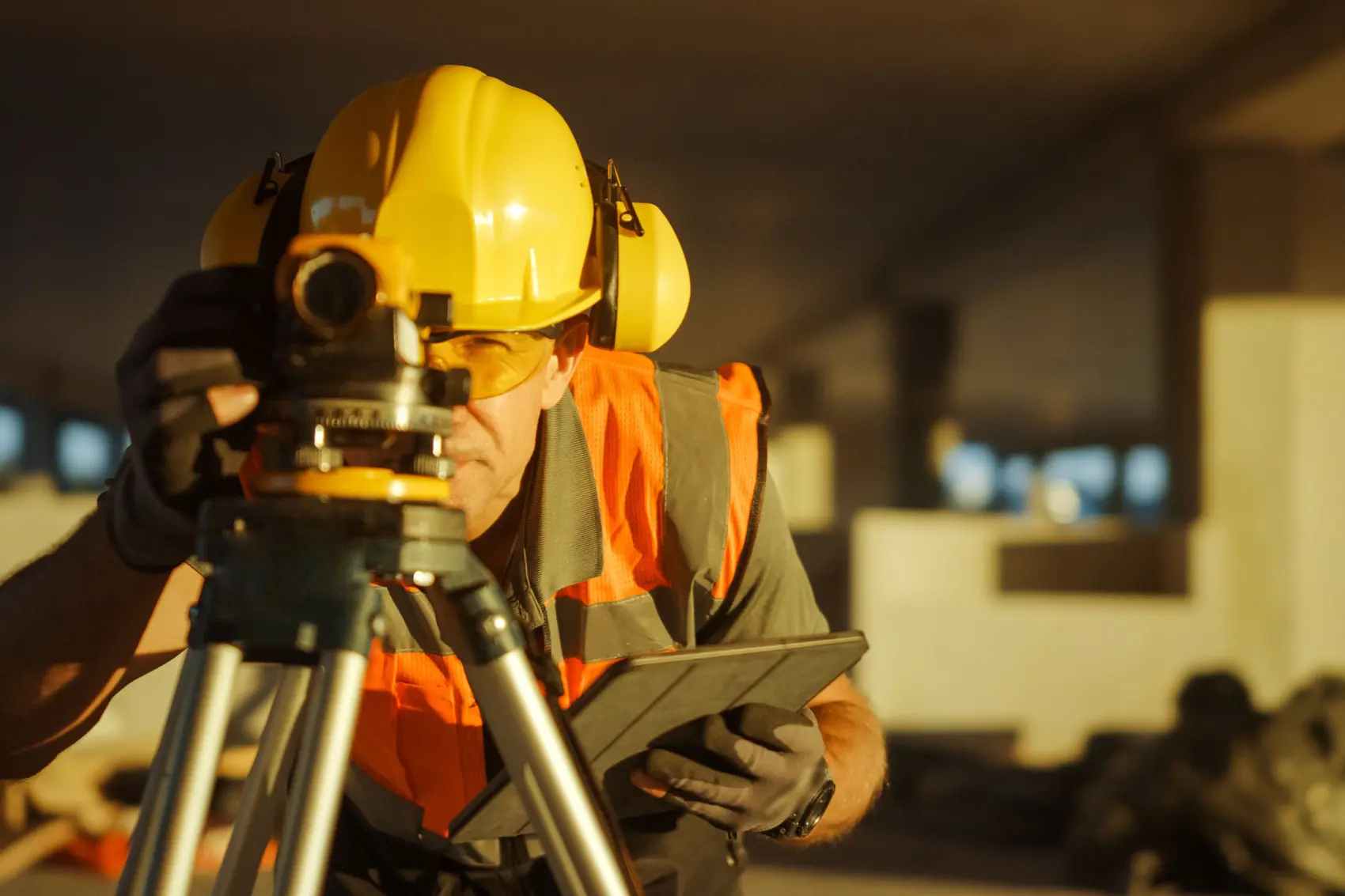The use of appropriate technology plays a critical role in the land surveying industry. With modern land surveying equipment, accurate measurements can be taken and documented easily and precisely. However, this advancement has also raised the bar for professional land surveyors to execute their tasks more accurately and efficiently.
As technology continues to evolve, the surveying industry will undergo significant transformations, and professionals in the field will need to adjust to keep pace. Staying on par with the latest developments requires a keen understanding of the ways in which land surveying technology is changing. Moreover, it also invites us to explore the top products available in the market.
That said, here are a few of the most groundbreaking technologies influencing the land surveying industry.
Unmanned Aerial Vehicles (UAVs)
Unmanned Aerial Vehicles (UAVs), or drones, have grown in popularity in the surveying sector. UAVs using high-resolution cameras and LiDAR (Light Detection and Ranging) sensors may gather precise and comprehensive data on the topography and characteristics of the terrain. High-resolution maps, 3D models, and digital landscape models may be created using the data.
The advantages of using UAVs in surveying are numerous. They can cover large areas in a short amount of time, reducing the time and cost associated with traditional methods. They can also access difficult or dangerous areas, such as steep slopes, cliffs, or areas with limited access.
Mobile Mapping Systems (MMS)
Another technological innovation that has gained traction in recent years is Mobile Mapping Systems (MMS). MMS is a vehicle equipped with cameras, LiDAR sensors, and GPS receivers that gather data while it drives. The information gathered may be utilized to generate very accurate and comprehensive 3D maps of the surrounding environment. MMS are ideal for surveying large-scale infrastructure projects such as highways, bridges, and tunnels. They can also be used to map cities, urban areas, and utility networks.
Virtual and Augmented Reality
Virtual Reality (VR) and Augmented Reality (AR) are technologies that have the potential to revolutionize the way land surveyors work. VR allows users to immerse themselves in a digital environment, while AR overlays digital information on the real world. These technologies can be used to create interactive 3D models of the land, allowing surveyors to explore and analyze the data in a virtual environment.
The benefits of using VR and AR in surveying are significant. They can help surveyors to visualize and understand complex data, allowing them to make better decisions and improve the accuracy of their work. They can also be used to communicate the data to stakeholders, such as clients or regulatory authorities, in a more engaging and understandable way.
Artificial Intelligence (AI)
Another technological breakthrough that has the potential to disrupt the surveying sector is artificial intelligence (AI). AI algorithms may be used to evaluate and understand massive volumes of data gathered by surveyors, making it simpler to spot trends and anomalies. AI may also be utilized to automate repetitive processes, lowering surveying time and expense.
AI can also be used to improve the accuracy of surveying data. For example, AI algorithms can identify errors or inconsistencies in data, helping surveyors correct and refine their measurements.
Cloud Computing
Cloud computing is a technological innovation that is already having an influence on the surveying sector. Surveyors may access and share data from anywhere in the globe using cloud-based surveying software, increasing cooperation among colleagues and customers. Cloud computing also simplifies and secures the storage and management of vast volumes of data. As a result, this also reduces the need for expensive on-site servers.
What does the future hold?
Every day, new technologies and tools are being created that provide considerable benefits over traditional approaches, making the future of land surveying more interesting. This major technical shift, however, may greatly enhance competition among land surveying service providers. Making smart, well-informed judgments to include these technologies to deliver greater service levels in terms of quality, speed, and cost-effectiveness is the key to staying ahead of the competition.





